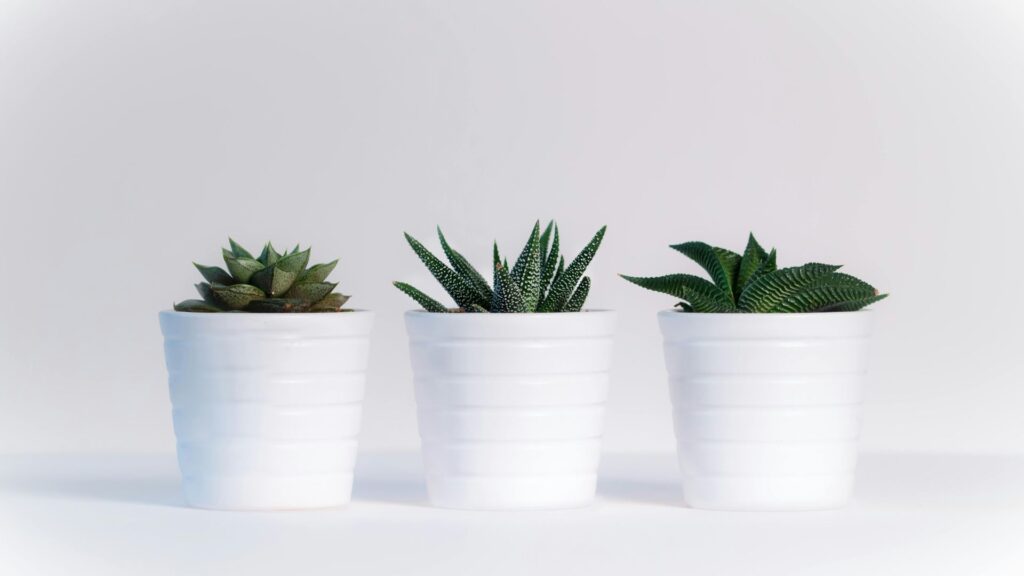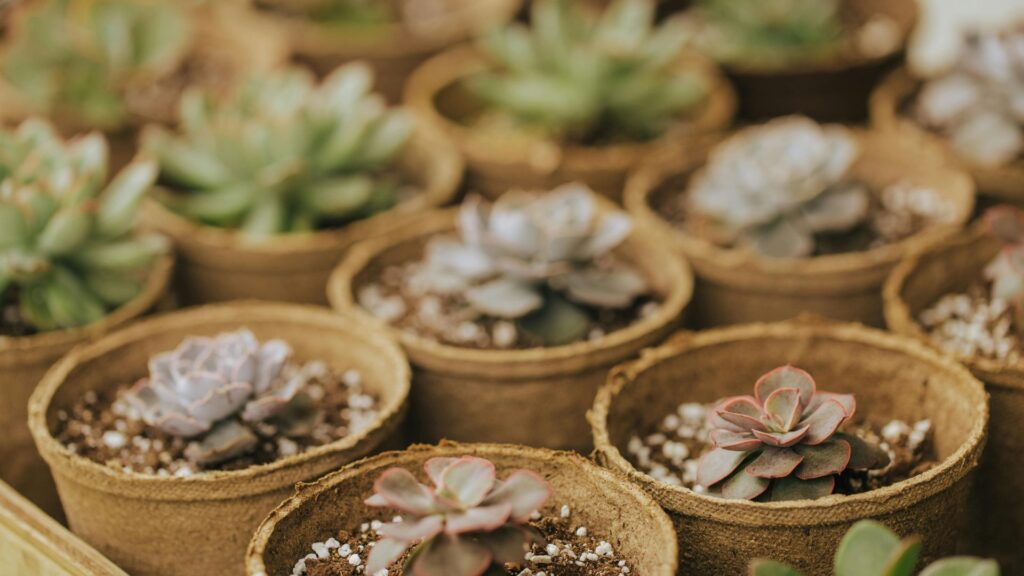Pruning indoor plants is really important for maintaining their health, growth, and aesthetics, but to prune indoor plants properly you need knowledge which you will get from me.
Pruning helps in removing dead or yellowing leaves and it encourages new growth and flower and fruit production, and even shapes your the plant.
This guide will walk you through the process, providing tips and techniques to ensure plants thrive.
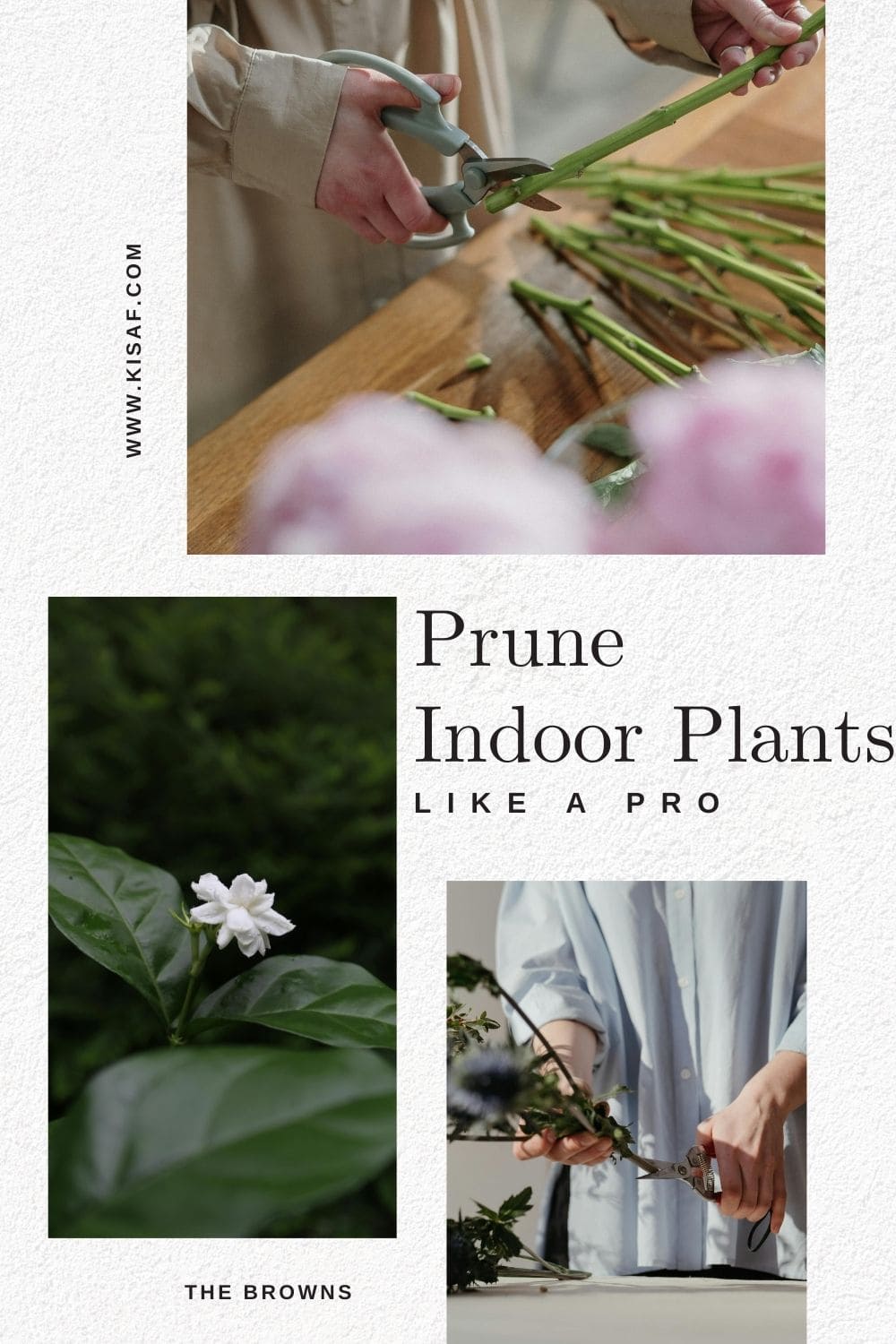
Pruning Indoor Plants
Why Pruning Indoor House Plants Is Necessary?
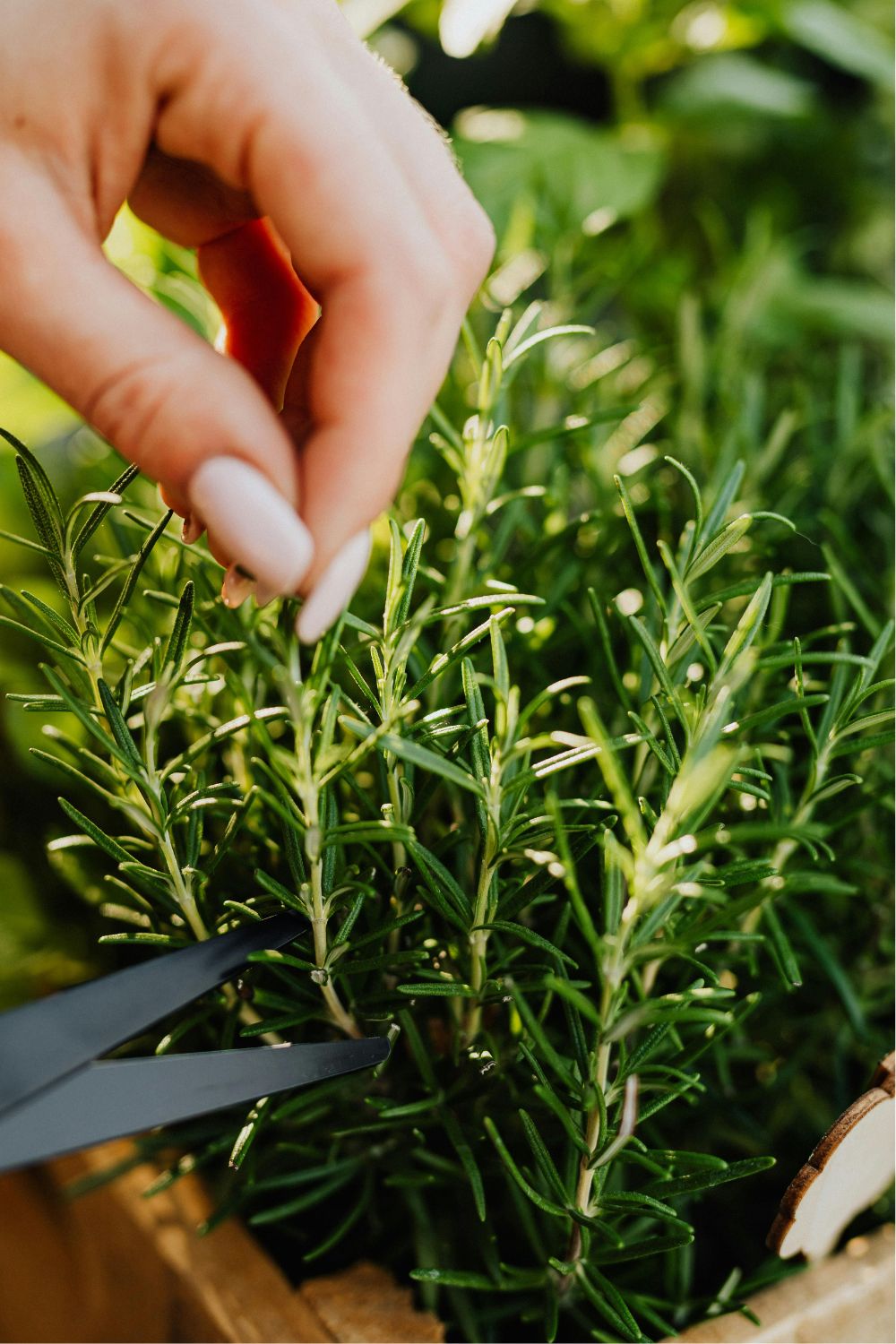
Pruning indoor plants is an important aspect for your plants for a number of reasons:
- Health: Because removing dead or diseased parts of your plant prevents the spread of diseases, making your plant healthy and happy.
- Growth: It encourages new growth and even encourages the plant to produce flowers and fruits, letting you enjoy the rewards of nature.
- Shape: Pruning really helps in shaping the plant for a better look, making it visually more appealing and beautiful.
- Size Control: This keeps the plant from becoming too large for its space and is quite good for its health.
Tools You’ll Need
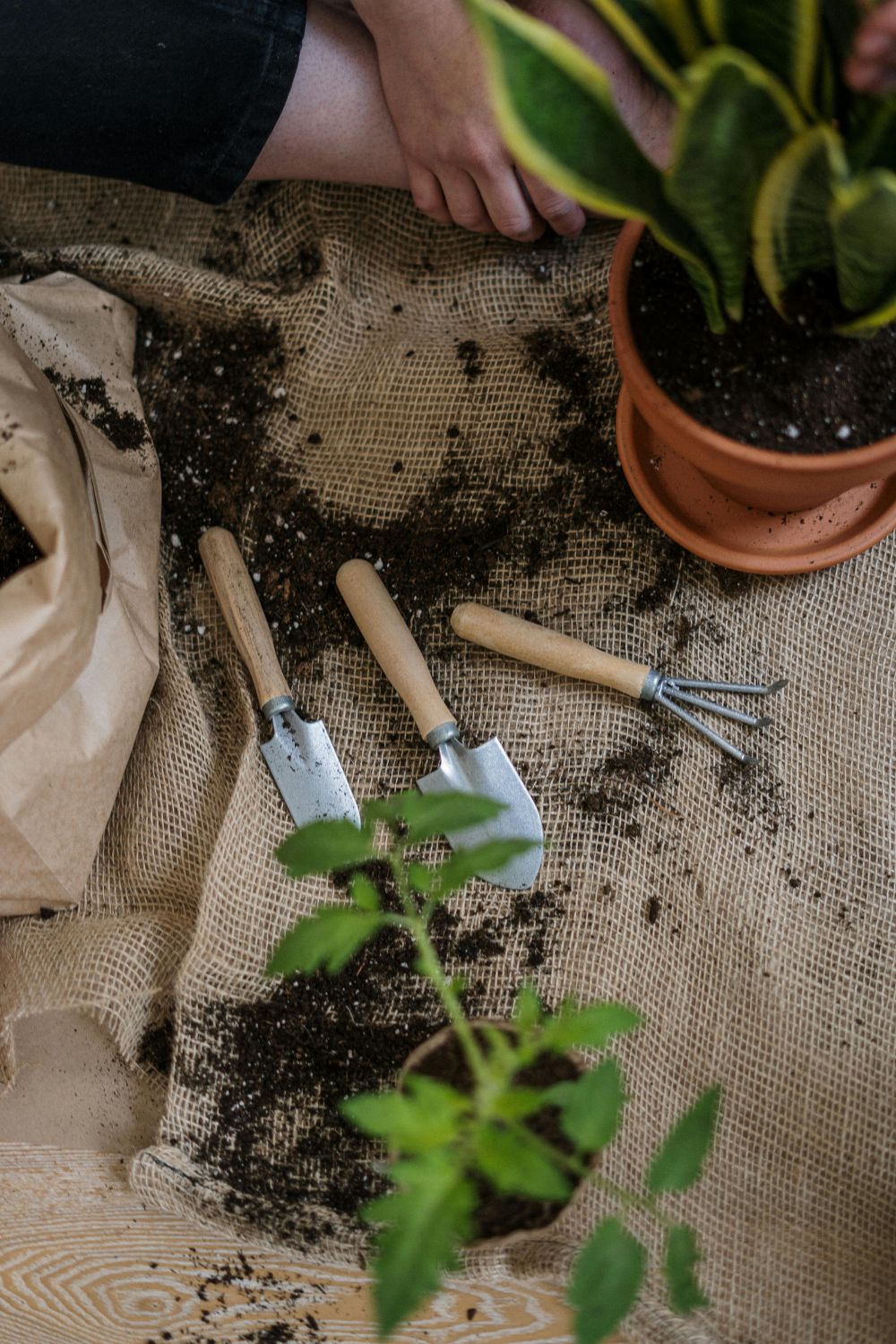
Remember, before you start pruning indoor plant, gather theses specific tools which I have listed below, just for you:
- Pruning Shears: Sharp and clean to make precise cuts, as the non-cleaned and rusty ones may damage your plant.
- Scissors: For smaller plants or finer work.
- Disinfectant: To clean your tools and prevent disease spread.
- Gloves: To protect your hands from bacteria and from prickly plants, like succulents, that are most likely to harm your hands.
Amazon Product Recommendation
If you're planning to do indoor gardening then you must a nice concrete pot, so here is one for you.
Disclaimer: Commissions are earned if you make a purchase through these links at no extra cost to you.
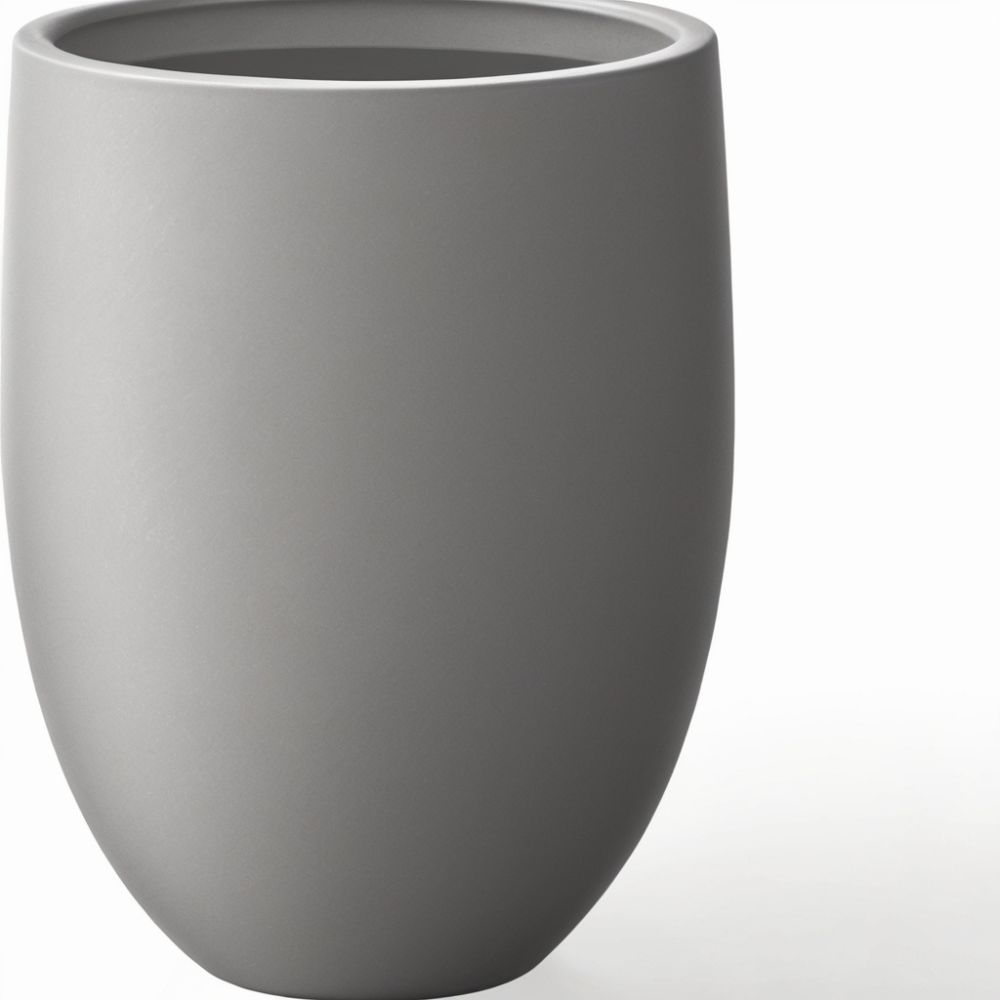
When to Prune?
Timing is the main key in pruning indoor plants. In my opinion , the best time to prune is during the plant’s active growing season, which is spring and summer.
However remember that, dead or diseased parts of your plant should be removed as soon as you notice them, season doesn’t matter if your plant’s leaves are dead or diseased.
Identifying What to Prune
From my perspective, you should look for the following points when deciding what to prune:
- Dead Leaves: Brown, crispy, and lifeless leaves should be removed immediately.
- Yellowing Leaves: Indicates they are on their way out, so pruning them is best.
- Leggy Growth: Long, sparse stems indicates that the plant needs pruning and they make the plant look uneven.
- Overgrown Areas: Branches or stems growing out of shape or size, so to shape them pruning is the key.
Pruning Techniques
There are a number of pruning techniques as, different plants require different pruning techniques. Here are some normally used methods for it:
- Pinching: For smaller plants or delicate stems, using your fingers is best, use your fingers to pinch off the tips. Pinching encourages bushier growth.
- Cutting: Use pruning shears for thicker stems is best. Make clean cuts with shears just above a node (where a leaf joins the stem).
- Thinning: means to remove entire stems or branches to reduce crowding in your plant and it even improve air circulation of your plant.
- Deadheading: In this technique, you have to remove spent flowers, this encourage more blooms for your flowering plant.
Step-by-Step Guide to Pruning
- Inspect Your Plant: Look if your plant has dead or yellowing leaves, or if your plant has leggy parts.
- Prepare Your Tools: Clean and disinfect you tools to avoid spreading diseases in your plants.
- Remove Dead or Diseased Parts: Start with removing dead or disease parts to prevent further issues.
- Shape the Plant: Trim back overgrown areas to maintain the desired shape, which my make you plant visually appealing if done properly.
- Encourage New Growth: Pinch or cut back tips to promote bushier and healthier growth of your plant.
- Clean Up: In the end, make sure to dispose of the cuttings and clean your tools.
Pruning Different Types of Indoor Plants
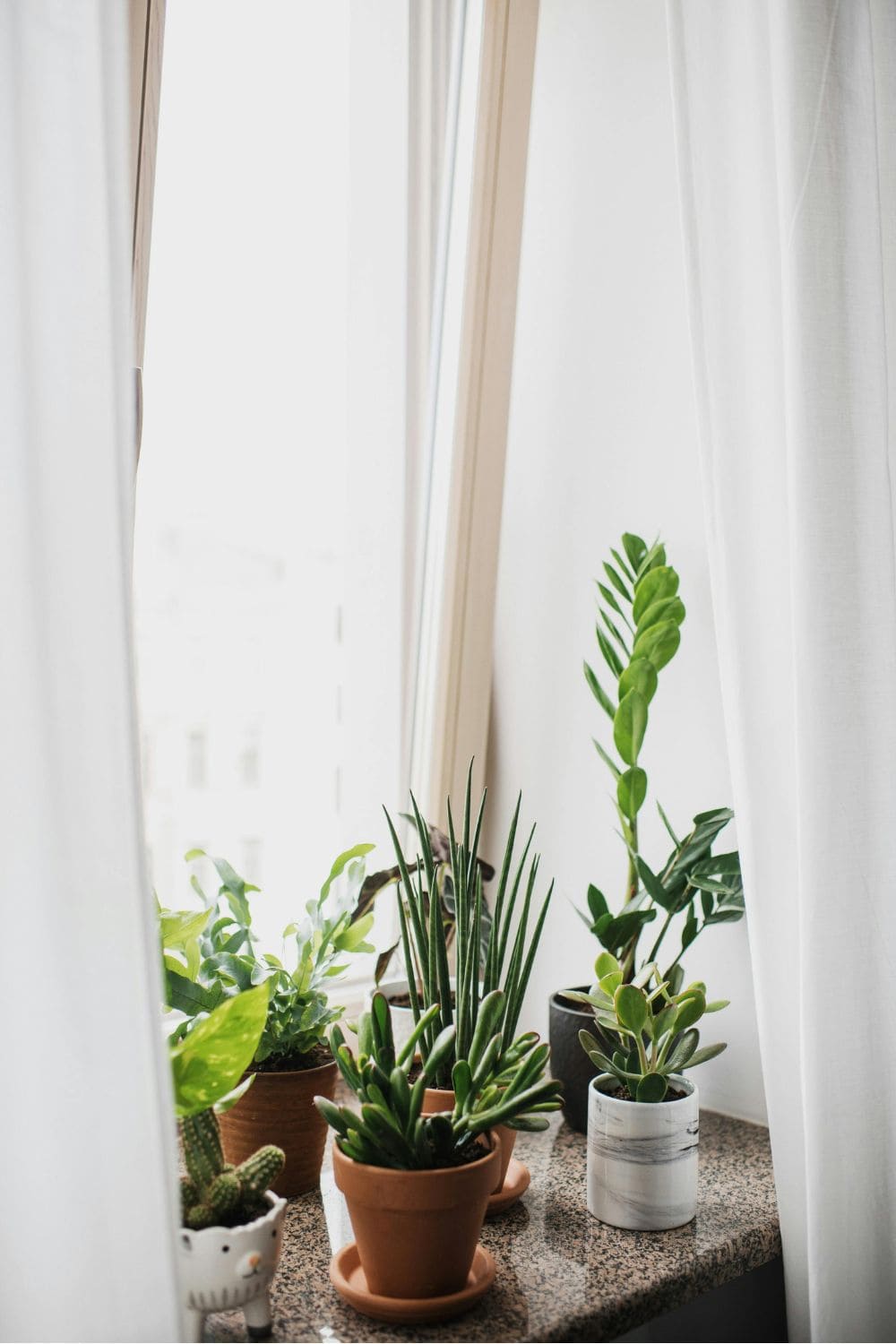
Foliage Plants
Plants like pothos more known as money plant, philodendrons, and spider plants are known as foliage plants, they adore regular pruning.
Remember to cut back leggy stems to just above a node. This encourages fuller and healthier growth. Remove yellow or dead leaves to keep the plant healthy and pretty.
Flowering Plants
Pruning flowering plants like African violets and begonias can be a bit tricky and challenging. After the flowers fade, cut back the flower stalks as this encourage new blooms in your plants.
If you are pruning bushy plants, its best to pinch back the tips, as this promote more branching, and provides healthier growth.
Related: 11 Gorgeous Indoor Flowering Plants
Succulents
Succulents like jade plants and aloe vera need minimal pruning. Prune if you see dead or damaged leaves.
For overgrown succulents, you may cut back stems and you may use the cuttings to propagate new succulent plants.
Related: Care Guide For Indoor Succulents
Vining Plants
Vining plants such as ivy and pothos often become leggy which means they have weak stems. Trim these back to a node to encourage new and healthier growth.
For a fuller and nicer appearance, make sure to regularly pinch back the growing tips, it provides nicer growth.
Tips for Successful Pruning
- Use Sharp Tools: Dull blades can damage the plant, so its best to use sharp scissors and shears.
- Clean Tools: Make sure to disinfect if you want to prevent disease spread.
- Don’t Over-Prune: Remember, removing too leaves much may stress your plant.
- Prune Regularly: Regular maintenance is far better than drastic cuts in your plant, as the drastic may make them visually non-pleasant.
- Observe Your Plant: Each plant responds differently, make sure to observe it. Keep an eye on plant’s growth patterns.
Common Pruning Mistakes
- Pruning Too Much at Once: Can shock the plant, which may affect in slow growth.
- Using Dirty Tools: Spreads diseases, make sure to clean tools.
- Cutting in the Wrong Place: Can harm the plant’s growth, may result in slow growth.
- Ignoring the Plant’s Needs: Remember, different plants require different techniques. Never ignore plant needs.
Benefits of Regular Pruning
- Healthier Plants: It removes diseased parts and promotes fuller growth.
- Better Appearance: Keeps plants looking neat, organized and attractive.
- Enhanced Growth: Encourages fuller, bushier plants which provides more flowers and fruits.
- Disease Prevention: Stops the spread of disease within the plant as you are cutting that part.
Conclusion
Pruning indoor plants is a simple yet quite vital part of plant care. With the right tools and perfect techniques, you can keep your plants healthy and beautiful by pruning.
Remember, regularly pruning indoor plants not only improves the plant’s appearance but also encourages fuller growth.
Each plant is unique, so its best to take the time to learn your plant’s specific needs.

